When it comes to exporting products from India to the USA, Full Container Load (FCL) shipping is a game-changer for businesses looking to transport goods efficiently and securely. FCL shipping involves reserving an entire container exclusively for your cargo, making it ideal for exporters with large volumes or fragile goods that need extra care. Unlike Less than Container Load (LCL), where multiple shippers share container space, FCL offers better control, faster transit times, and reduced risk of damage.
FCL containers come in various sizes, with 20-foot and 40-foot containers being the most common. Choosing FCL ensures that your goods are shipped directly without unnecessary handling, making it a preferred option for exporters dealing with bulk shipments.
This article will cover essential aspects of FCL shipping, including container types, pricing strategies, and step-by-step planning. Let’s get started!
What is FCL Shipping?
FCL refers to “Full Container Load shipping”. It is a method of transporting goods where an entire container is dedicated to a single shipper’s cargo.
Standard container sizes include 20 feet (TEU) and 40 feet (FEU), making FCL ideal for large-volume shipments or goods requiring extra protection. This approach is widely used by businesses needing efficient, streamlined logistics for high-value or bulk cargo.
Pros and Cons of FCL Shipping
FCL shipping offers numerous advantages for businesses dealing with large shipments, but it’s essential to evaluate its practicality. Let’s explore the pros and cons of FCL shipping to help you make an informed decision.
Pros:
- Exclusive Use of Container: FCL shipping provides a dedicated container, minimizing the risk of damage or loss during transit. This is particularly beneficial for fragile or high-value goods.
- Faster Transit Times: With no need to consolidate or deconsolidate shipments, FCL shipping reduces delays, ensuring quicker delivery.
- Cost-Effective for Bulk Shipments: For large volumes, FCL often proves more economical per unit of goods compared to shared container options like LCL (Less than Container Load).
- Greater Security: As the container is sealed after loading and opened only at the final destination, the chance of tampering is significantly reduced.
- Efficient for Long Distances: Ideal for intercontinental shipping, especially for large consignments where shared logistics may not be practical.
Cons:
- Requires Larger Inventory Volume: Businesses need sufficient stock to fill the container, which may be challenging for smaller or just-in-time operations.
- Port and Handling Fees: Additional fees for storage or handling at ports can add to the overall cost, especially if goods are not cleared promptly.
- Limited Flexibility: For smaller businesses or less frequent shippers, the commitment to FCL may limit adaptability compared to shared options like LCL.
- Higher Costs for Smaller Shipments: FCL shipping can be expensive for shippers with smaller volumes, as they pay for the entire container regardless of its utilization.
By weighing these pros and cons, businesses can determine whether FCL shipping aligns with their logistical and cost-efficiency needs.
Container Sizes and Types in FCL Shipping
Below is a detailed table outlining the inner dimensions, payload capacities, and volume of commonly used FCL containers:
| Container Type | Inner Length | Inner Width | Inner Height | Maximum Payload | Capacity (Cubic Meters) | Best Suited For |
| 20 GP (General Purpose) | 5.90 m (19’4”) | 2.35 m (7’8”) | 2.39 m (7’10”) | ~25,000 kg | 33 CBM | Small to medium shipments, dense or heavy cargo |
| 40 GP (General Purpose) | 12.03 m (39’5”) | 2.35 m (7’8”) | 2.39 m (7’10”) | ~27,000 kg | 67 CBM | Large shipments, general goods |
| 20 HQ (High Cube) | 5.90 m (19’4”) | 2.35 m (7’8”) | 2.69 m (8’10”) | ~25,000 kg | 37.3 CBM | Extra volume for compact yet high cargo |
| 40 HQ (High Cube) | 12.03 m (39’5”) | 2.35 m (7’8”) | 2.69 m (8’10”) | ~27,000 kg | 76 CBM | Bulky goods needing extra height |
Understanding FCL Shipping Charges
FCL (Full Container Load) shipping charges are the total costs incurred for transporting an entire container from the port of origin to the destination port. These charges encompass multiple components, including the base freight rate, surcharges, and additional fees for handling and documentation.
Unlike LCL (Less than Container Load), where you pay based on shared space, FCL shipping provides you with exclusive use of the container, making pricing more straightforward but potentially higher for smaller shipments.
What are the Factors Affecting FCL Pricing?
Several factors influence the overall cost of FCL shipping:
1. Container Size and Type
- 20 GP vs. 40 GP or HQ: Larger containers cost more due to increased capacity.
- High Cube Containers: Higher charges apply for containers offering extra height.
2. Distance Between Ports
The geographical distance between the origin and destination ports significantly affects pricing. Longer distances or routes with limited connectivity are more expensive due to higher fuel and operational costs.
3. Shipping Lane Demand
- High Demand Routes: For example, India to the USA is a popular route, often leading to higher charges.
- Seasonal Peaks: Rates increase during peak export seasons due to limited space availability.
4. Fuel Costs
The Bunker Adjustment Factor (BAF) reflects fluctuating fuel prices. Higher fuel costs directly impact shipping charges.
5. Port Fees and Congestion
Busy ports with heavy traffic may impose Port Congestion Surcharges, increasing the overall cost.
6. Customs and Documentation Requirements
- Some destinations may have stricter customs processes or require additional documentation, adding to the charges.
- Exporters should also account for fees like the Bill of Lading (BL) and customs brokerage charges.
7. Weight and Volume of Cargo
- Heavier containers may incur overweight charges.
- Certain types of cargo requiring special handling or packaging can increase costs.
8. Insurance
Cargo insurance is optional but highly recommended, especially for high-value or fragile goods, which adds to the total expense.
By understanding these factors, you can better predict and manage FCL shipping costs, ensuring cost efficiency and smooth operations for your exports.
Other Charges Associated with FCL Shipments by Destination
In addition to standard FCL pricing, there are several destination-specific charges that may apply, including:
- Canal Surcharges: Applicable for shipments passing through major waterways like the Suez Canal or Panama Canal. These fees compensate for transit costs associated with these routes.
- Peak Season Surcharges: Imposed when ports experience high traffic or delays, requiring additional resources and time for handling cargo.
- Emergency Imbalance Surcharge (EIS): Charged when there’s an imbalance in container supply and demand at specific locations, often to cover repositioning costs.
- Destination Handling Charges (DHC): Costs incurred at the destination port for unloading, handling, and transferring the container to the consignee.
Additional FCL Costs & Fees
Beyond standard shipping charges, FCL shipments may incur additional costs and fees depending on specific requirements, including:
- Amazon FBA Requirements: Shipping goods to Amazon Fulfillment Centers requires compliance with their strict guidelines, such as proper labeling, palletization, and delivery schedules. Additional fees may include FBA prep services or adjustments for non-compliance. For seamless FBA shipping, explore Intoglo’s Amazon FBA services, designed to streamline logistics and ensure compliance.
- Palletization and Packaging Fees: If goods need palletizing or specific packaging for safe transport or meeting destination guidelines, these costs may be added.
- Inspection and Quarantine Fees: Some destinations require inspections or quarantining for agricultural or regulated goods, leading to extra charges.
How to Calculate Sea Freight Rates for FCL
Calculating sea freight rates for FCL shipping is a crucial step in managing export costs effectively. Here’s a breakdown of the factors that influence FCL shipping rates and how to estimate them:
1. Base Freight Rate
The base freight rate is the core cost of shipping the container from the port of origin (e.g., Mumbai) to the destination port (e.g., Los Angeles). This rate is typically charged per container and varies based on:
- Distance between ports
- Shipping route demand
- Type of container (20 GP, 40 HQ, etc.)
2. Surcharges
Shipping lines add several surcharges to the base rate, including:
- Fuel Adjustment Factor (FAF): Covers fluctuating fuel costs.
- Currency Adjustment Factor (CAF): Accounts for exchange rate variations.
- Peak Season Surcharge (PSS): Applied during high-demand periods.
- Port Congestion Surcharge: Added for busy ports to cover delays.
3. Inland Charges (Origin and Destination)
These costs include transporting the container to and from the port, also known as “drayage.” Factors affecting this cost include:
- Distance from your facility to the port.
- Availability of trucks and equipment.
4. Documentation and Handling Fees
Additional charges may include:
- Bill of Lading fee.
- Customs clearance charges.
- Terminal handling charges (THC).
5. Container Type and Weight
- Container Type: The charges will vary depending on the type of container you choose, such as a 20 GP, 40 GP, or 40 HQ, as each has a different capacity and pricing structure.
- Weight Limitations: Exceeding the maximum payload can lead to overweight surcharges.
- Shipping Line: The shipping line you select also influences the rates significantly. Different shipping lines, such as Maersk, CMA CGM, and Hapag-Lloyd, offer varying ocean freight costs based on their services, routes, and networks.
6. Seasonal and Market Fluctuations
Rates are influenced by global market conditions, peak seasons, and shipping line competition. Monitoring trends helps you choose the right time for cost-effective shipping.
Example Calculation:
Let’s say you’re shipping a 20 GP container from Mumbai to Los Angeles:
- Base Freight Rate: $1,800
- Surcharges: $400 (FAF + PSS + others)
- Inland Charges: $300 (drayage, THC, etc.)
- Documentation: $150
- Total Estimated Cost: $2,650
By understanding these components, you can negotiate with freight forwarders and budget your export costs more accurately.
Get FCL Shipping Shipping Quotes From India to USA
Simplify your FCL shipping process with Intoglo’s Instant Quote Tool. With just a few clicks, you can get accurate, real-time quotes for FCL shipments from India to the USA. This user-friendly platform eliminates delays, giving you immediate visibility into shipping costs and enabling quicker decision-making.
The FCL Shipping Process
Step 1: Booking and Preparation
The first step in FCL shipping involves careful planning and booking.
- Select a Freight Forwarder or Carrier: Research and choose a reliable logistics partner based on your shipping route, container needs, and budget.
- Container Selection: Decide the container type (20 GP, 40 GP, or HQ) based on the volume, weight, and nature of your cargo.
- Prepare Your Cargo: Ensure your goods are securely packed to avoid damage during transit. Use durable materials like pallets or crates and label your packages with clear handling instructions.
- Complete Documentation: Gather all required paperwork, such as the Commercial Invoice, Packing List, Certificate of Origin, and Bill of Lading (BL). Proper documentation ensures smooth customs clearance and prevents delays.
Step 2: Loading and Transportation
Once the container is booked, the next stage is handling the cargo and transporting it to the port.
- Container Delivery: The shipping line delivers an empty container to your warehouse or the agreed loading site.
- Secure Loading: Carefully load your goods into the container, ensuring the weight is evenly distributed to prevent shifting during transit. Improper loading can lead to delays or fines.
- Seal the Container: After loading, the container is sealed with a unique security seal to protect the contents from tampering.
- Inland Transport: Arrange for the sealed container to be transported by truck or rail to the port of origin. Timely coordination is critical to avoid storage fees or demurrage charges at the port.
Step 3: Customs and Ocean Transit
This phase ensures your container is cleared for export and safely shipped to its destination.
- Customs Clearance at Origin: Submit your export documents for verification. Customs authorities may inspect the container to ensure compliance with regulations.
- Loading Onto the Vessel: Once cleared, the container is loaded onto the vessel, and you receive the estimated time of arrival (ETA) at the destination port.
- Ocean Transit: The container travels across the ocean to the destination port. Depending on the shipping route and distance, transit times can range from a few weeks to over a month.
Step 4: Arrival and Delivery
The final step involves receiving the shipment at the destination port and delivering it to the consignee.
- Customs Clearance at Destination: The container is inspected and cleared by customs at the destination port. Import duties, taxes, or additional fees are paid during this stage.
- Inland Transport: Once cleared, the container is transported to the consignee’s warehouse or designated delivery location.
- Unloading and Return: The cargo is unloaded, and the empty container is returned to the shipping line or an approved depot. Delays in returning the container may result in detention fees.
Get Door-to-Door FCL Shipping with Intoglo
When navigating the complexities of FCL shipping from India to the USA, Intoglo offers a seamless, door-to-door logistics solution tailored to your needs. By working directly with shipping lines, truckers, and customs brokers, Intoglo eliminates the inefficiencies caused by intermediaries, ensuring faster shipments and cost-effective pricing.
With a strong presence in both India and the USA, Intoglo provides comprehensive support across time zones, making your export journey smooth and stress-free.
Why Choose Intoglo?
- No Middlemen: Intoglo works directly with shipping lines, customs brokers and truckers – reducing delays and extra charges.
- Instant Rates: Get quick quotes for FCL shipments on the India-USA trade lane.
- Global Team Support: Expert teams available in both India and USA time zones.
- Comprehensive Tracking: Glotrack lets you monitor your shipment in real-time, manage multiple shipments, and receive WhatsApp updates.
- Extensive Warehouse Network: Over 50 warehouses in the USA ensure efficient storage and distribution.
- Hassle-Free Customs Clearance: In-house compliance and pre-screening streamline the process.
Whether you are an MSME, a D2C brand, or a seasoned exporter, Intoglo’s diverse experience and tailored solutions make them the go-to partner for efficient FCL shipping.
Top Strategies for Optimal FCL Shipping
Efficient FCL (Full Container Load) shipping requires thoughtful planning and execution to save costs, avoid delays, and ensure a seamless supply chain. Below are some practical strategies to optimize your FCL shipping:
1. Choose the Right Container Size and Type
- Assess Your Cargo Needs: Select a container that fits your cargo volume and nature. For instance, a 20 GP is ideal for heavy goods with low volume, while a 40 HQ suits bulky, lightweight items requiring extra height.
- Avoid Overloading or Underutilization: Overloading can incur fines, while underutilizing space wastes money. Use load calculators or consult your freight forwarder to choose appropriately.
2. Plan and Book Early
- Reserve Space in Advance: Booking early helps you lock in lower rates and ensures container availability, especially during peak shipping seasons.
- Monitor Market Trends: Freight rates can fluctuate due to demand, fuel costs, or geopolitical issues. Early planning gives you better control over pricing.
3. Work with Reliable Freight Forwarders
- Experience Matters: Partner with freight forwarders specializing in your shipping route. They can negotiate better rates, manage customs, and provide real-time tracking.
- Customer Support: Choose providers with responsive support teams to address issues promptly.
4. Compare and Choose the Right Incoterms
- Understand Incoterms: International Commercial Terms (Incoterms) define the responsibilities of buyers and sellers in global trade. For FCL shipping, common options include FOB (Free on Board), CIF (Cost, Insurance, and Freight), and EXW (Ex-Works).
- Assess Risks and Costs: Evaluate how much control and responsibility you want over the shipping process.
- FOB: The seller handles export clearance and delivery to the port, while the buyer takes over from there.
- CIF: The seller covers costs up to the destination port, including insurance, making it less risky for the buyer.
- EXW: The buyer manages all logistics, from pickup at the seller’s location to delivery.
- Negotiate Terms: Discuss Incoterms with your buyer or seller to ensure they align with your logistics capabilities and budget.
Must Read: DAP vs DDP: Incoterms Definitions, Differences, and Considerations
Conclusion
Understanding the FCL shipping process from container selection to pricing and planning, empowers exporters to optimize their supply chains and achieve cost-effective logistics. By following best practices, staying informed about pricing factors, and partnering with reliable service providers, you can ensure a seamless export experience.
If you’re looking for a door-to-door logistics partner from India to the USA committed to efficiency and sustainability, Intoglo is here to help. With unmatched expertise in FCL shipping to the USA, Intoglo has become a trusted partner for over 200 exporters across various industries. Our services include customs bond assistance, AI-based HTS code scanning, and seamless U.S. time zone communication, ensuring a hassle-free shipping experience. Choose Intoglo for reliable, eco-friendly logistics and tailored solutions designed to meet all your export needs.


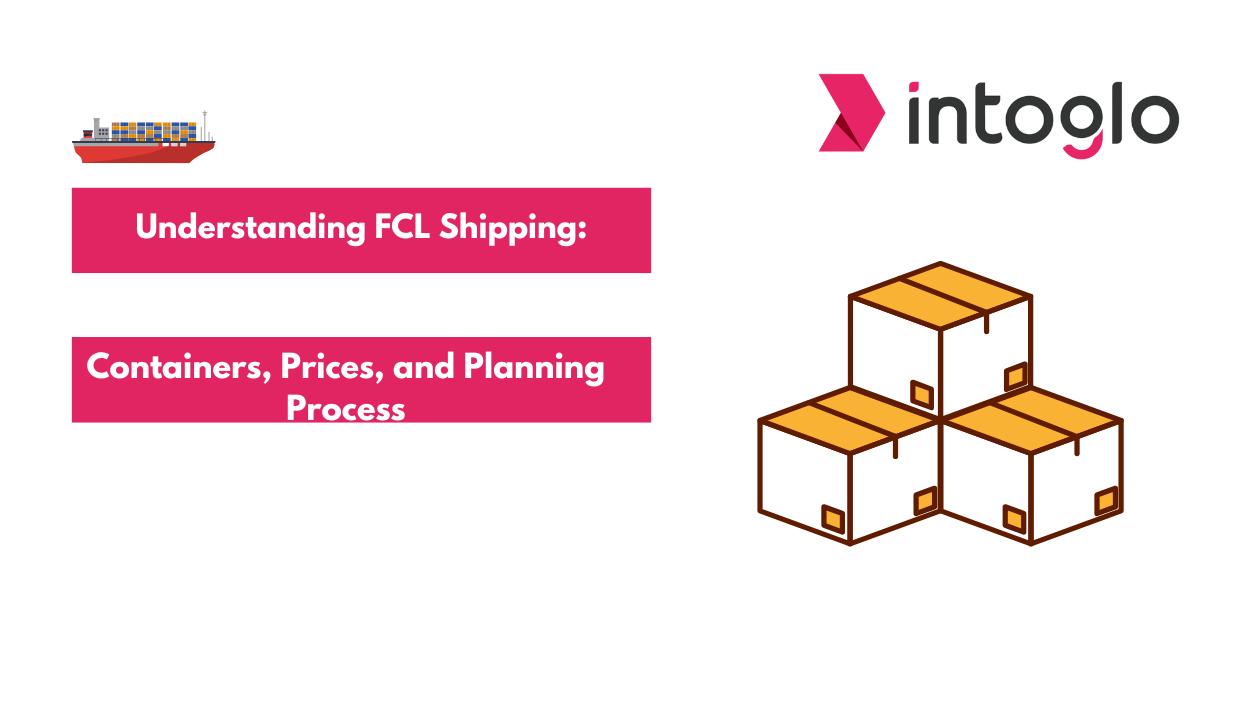
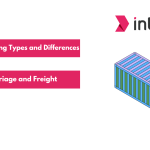
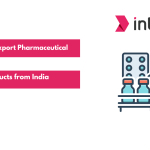
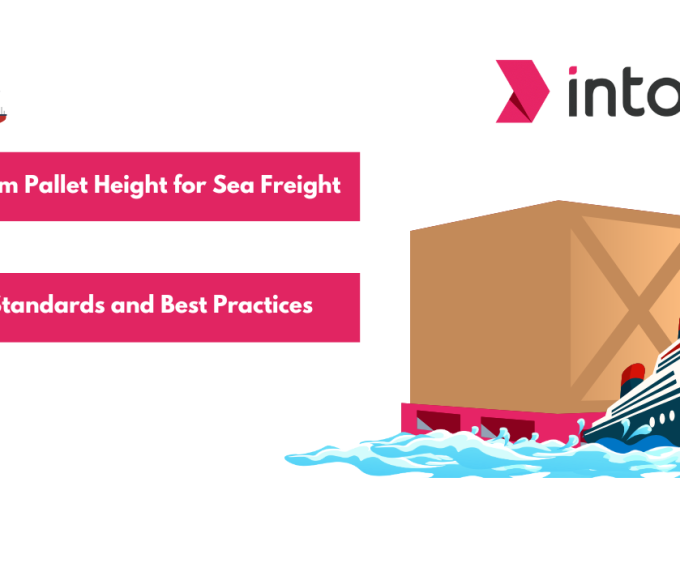

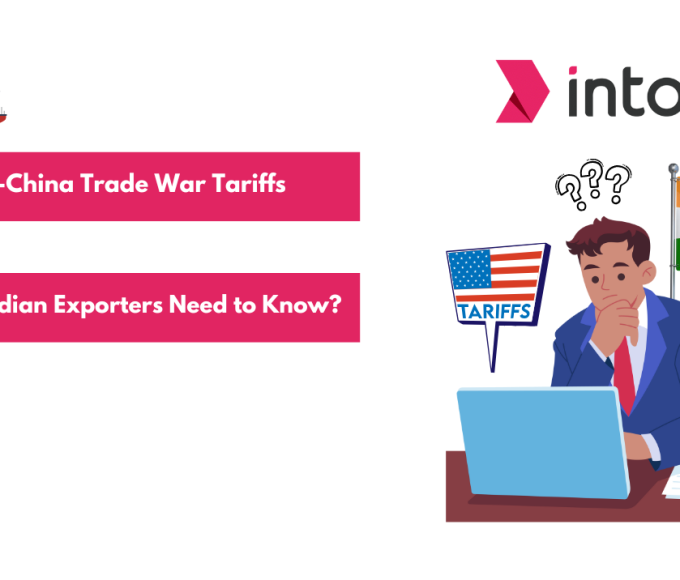
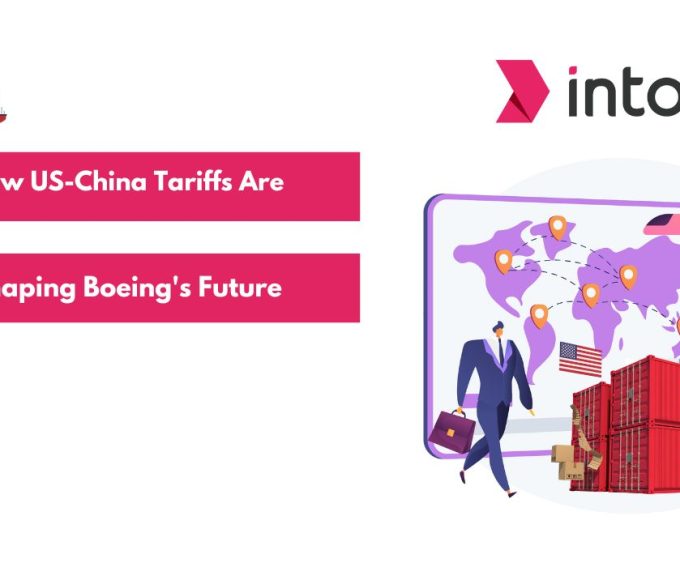
Leave a comment